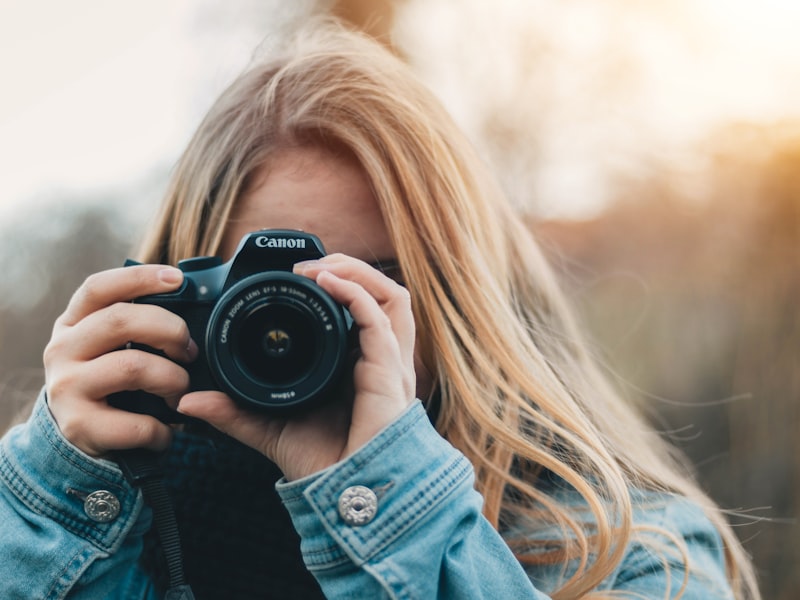How to Use a Coffee and Espresso Maker
A coffee maker produces shots of pressurized water which is pushed through finely pulverized, tightly packed espresso beans. The result is a strongly flavoured drink with a dense crema on top.
Certain machines let you adjust the strength of your drink by using pods or grounds, while others steam milk to make cappuccinos or lattes. There's an oven model that functions as a Moka.
1. Guide to Buying
The best coffee maker and espresso maker is not only a device to pour hot water over the grounds. It's also a piece of equipment which can help you create high-quality coffee at home. There are similar site in this area and it can get overwhelming. However there are some factors to consider when choosing the right machine.
The first step is to learn the various methods of brewing. Some machines rely on gravity to filter water through the grounds and others brew with pumps. The differences in these approaches could affect the final flavor profile as well as cost.
The most advanced coffee and espresso makers are usually the most expensive. They may come with digital controls or programs that can be set. It's important to consider the frequency of use for your coffee and espresso maker, and if the extra costs are worth the cost.
Semiautomatic models are offered at a lower price and offer a compromise between manual and automated operation. These devices require some manual tasks, such as grinding and tamping. However, they are cheaper than fully automated models and permit an easier and more controlled brewing process.
2. Instructions
Using a coffee and espresso maker is a simple process. The most important part is choosing the right ingredients and then preparing the machine. It is best to use freshly ground coffee beans that were ground using a burr mill that is specifically designed for espresso. The grinder creates an even, fine powder which releases the best flavors from the beans. You can also make use of a steam wand to make frothy milk for lattes and cappuccinos.
It is necessary to turn the espresso machine on and let it warm up before making any drinks. This can take a few minutes, depending on the machine's size. It is essential to ensure that the machine is heated evenly. This process is accelerated by pulling a blank which is to run the machine without grounds in the portafilter. This will not only heat your cup but also eliminates the group head to prevent the buildup of water that is dirty.
After your machine has been started to heat up, you will need to insert the beans that you ground into the portafilter. Then, tamp down the grounds to ensure that they are packed tightly and evenly. You can buy the tamper from Amazon or at the majority of espresso stores. Once you're finished switching on the machine, turn it on and place a small glass under each spout. The control panel should be turned to the espresso position to make espresso. This activates the micro-switches, which start the pump and the heating chamber, which pushes hot water through the grounds and out of the spouts.
3. Ingredients
A coffee and espresso maker can make various beverages. They are among the most versatile of brewing devices. This is because they can make espresso and drip-based drinks.

Espresso is a concentrated drink of coffee that is produced by pushing hot, high-pressure water through finely milled beans in a short time. It's typically sweeter and a bit thicker than standard coffee. It's also an excellent way to get flavors that are more nuanced than those in drip coffee, however it's not for everyone.
The best espresso is dark roasted and fairly coarsely ground to maximize flavor extraction. Vigil advises that you "bloom your coffee" prior to making. This is done by pouring hot water over the coffee and letting it sit for 20-30 seconds (releases flavor notes). After adding the remaining hot water, use the machine's pressure to push the water into the coffee grounds.
Some machines are more efficient at this than others, which is why certain espresso and coffee makers are regarded as being a bit difficult to use. But with a bit of practice, you'll be making your own espresso that's cafe-quality in no time.
There are some other ways to make almost-espresso with no machine, for example using a siphon (a fancy glass device that makes use of the vapor pressure to soak the grounds in hot water). This is a labor-intensive and time-consuming process.
4. Preparation
Before you use your espresso maker, be sure the machine is powered on and preheated. You should maintain the same temperature throughout the brewing process, so that you can extract the most flavor. It's a good idea also to "bloom" or sprinkle some hot water over the coffee grounds for 30 seconds. This will help in releasing the carbon dioxide from the beans and improve the taste of your espresso.
When the brew process has finished, remove the portafilter. You can make espresso using your espresso maker to prepare traditional single or double shots of espresso, or make use of steam or a milk frother wand to make cafe-style drinks like cappuccinos and lattes. Add some sugar to your espresso for a more decadent, sweeter drink.
You can also use your espresso machine to make the coffee you want however, you'll need to use a filter because most models do not have the capacity to brew an entire pot. To make a good pot of coffee, you'll need to start with freshly roasting beans that have been ground to the proper consistency.
You can also experiment by making use of different kinds of water. Hard water is rich in minerals that can cause mineral buildup and result in a less tasty brew. Soft or filtered water will help to reduce this buildup.
